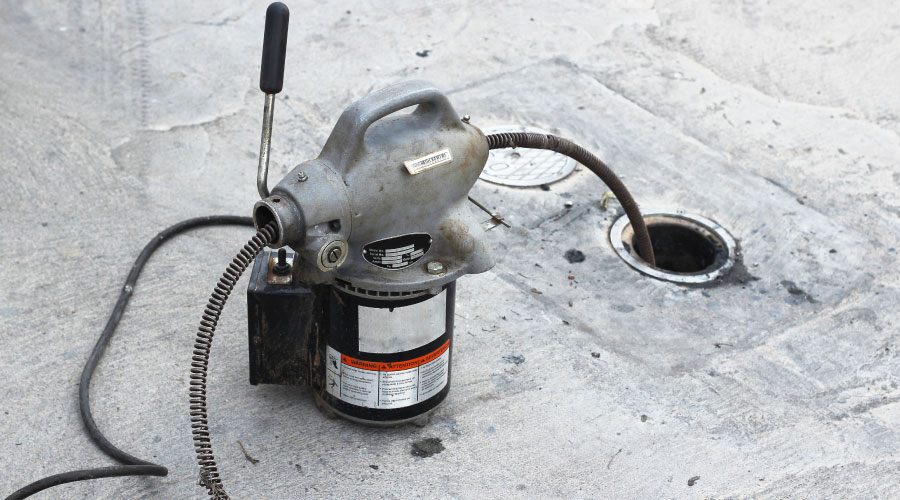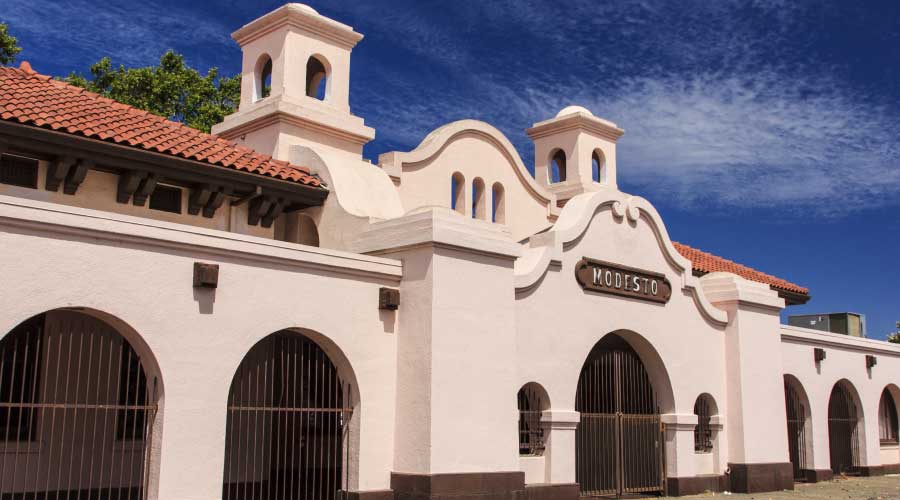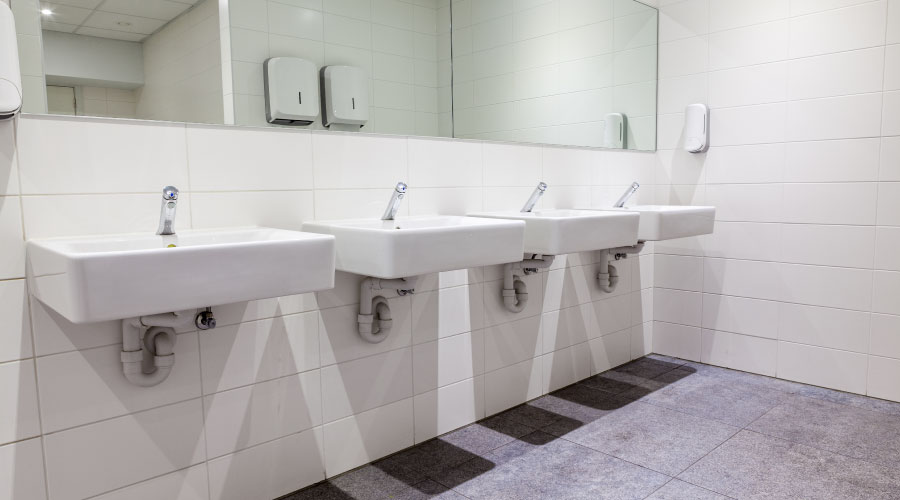Good Planning, Design Can Lead To Savings in Educational Facility Restrooms
No matter how well-designed a restroom is, it won't stop someone who's determined to vandalize it. But what good design and planning can do is make a big difference in efficiency and operating costs.
Start by asking, who are the intended users? In a university setting, the answer to that question may be "anyone at any time," which requires a generalized approach focused on accommodating a steady stream of users throughout the day and, in some cases, night. In those facilities, electronic dispensers can be helpful in regulating the amount of soap and paper products used, while large toilet paper rolls with small cores help prevent users from running out or custodial staff having to constantly restock. At Stanford, the standard core is only a quarter of an inch in diameter, as opposed to a typical 1-inch roll. Not only does it last longer, Prussing says, it's cheaper, as well.
In addition to materials and fixtures, layout is another area to address. In a high-traffic environment, the layout of the restroom can make a big difference when it comes to getting people in and out.
In new construction, you have flexibility in the design, which Triplehorn's district is taking advantage of by actually reducing the number of restrooms in buildings.
"One of the things that we're doing to eliminate the need to run plumbing throughout the building is we're going to larger, more centralized restrooms," Triplehorn says. "More toilets, more urinals in one space rather than having them spread out throughout the building."
But, when you're doing a renovation, Guzewicz says, your hands are sometimes tied by the existing restroom and regulations. As an example, he would like to have restrooms with no doors, but he couldn't exactly start building new walls at the drop of a hat during the last renovation project.
"The footprint was already there, so we couldn't change the size of it," he says. Another consideration was ADA compliance. Those two things helped shape the project from the start, but he still had flexibility with fixtures to use things like automatic flush toilets and urinals, hands-free faucets, and hands-free paper towel dispensers. By doing so, he was able to meet his goal of a bathroom that was durable, yet mostly maintenance-free.
Another area that should be carefully considered in designing restrooms for educational facilities is the construction materials themselves. While certain materials offer certain benefits, those benefits may not be worth the hassle if they're harder to clean or maintain. It's not just the ease of general cleaning that facility managers should keep in mind, but also how well the material holds up to heavy-duty cleaning combined with heavy traffic.
While the aesthetics of the materials are a concern as well, they often have to take a back seat to durability. And a simpler material or pattern will generally win out over a pattern that requires a lot of grout or a lot of joints, says Triplehorn.
"In a school building, if kids use permanent marker on a wall and they're writing across grout lines and stuff like that, grout lines are a lot harder to clean up than the tile itself," he says. "Usually we have to go back in and either scrape down the grout or put a thin layer of new grout over it to get rid of it. Otherwise you still see remnants of the graffiti there."
Related Topics:













